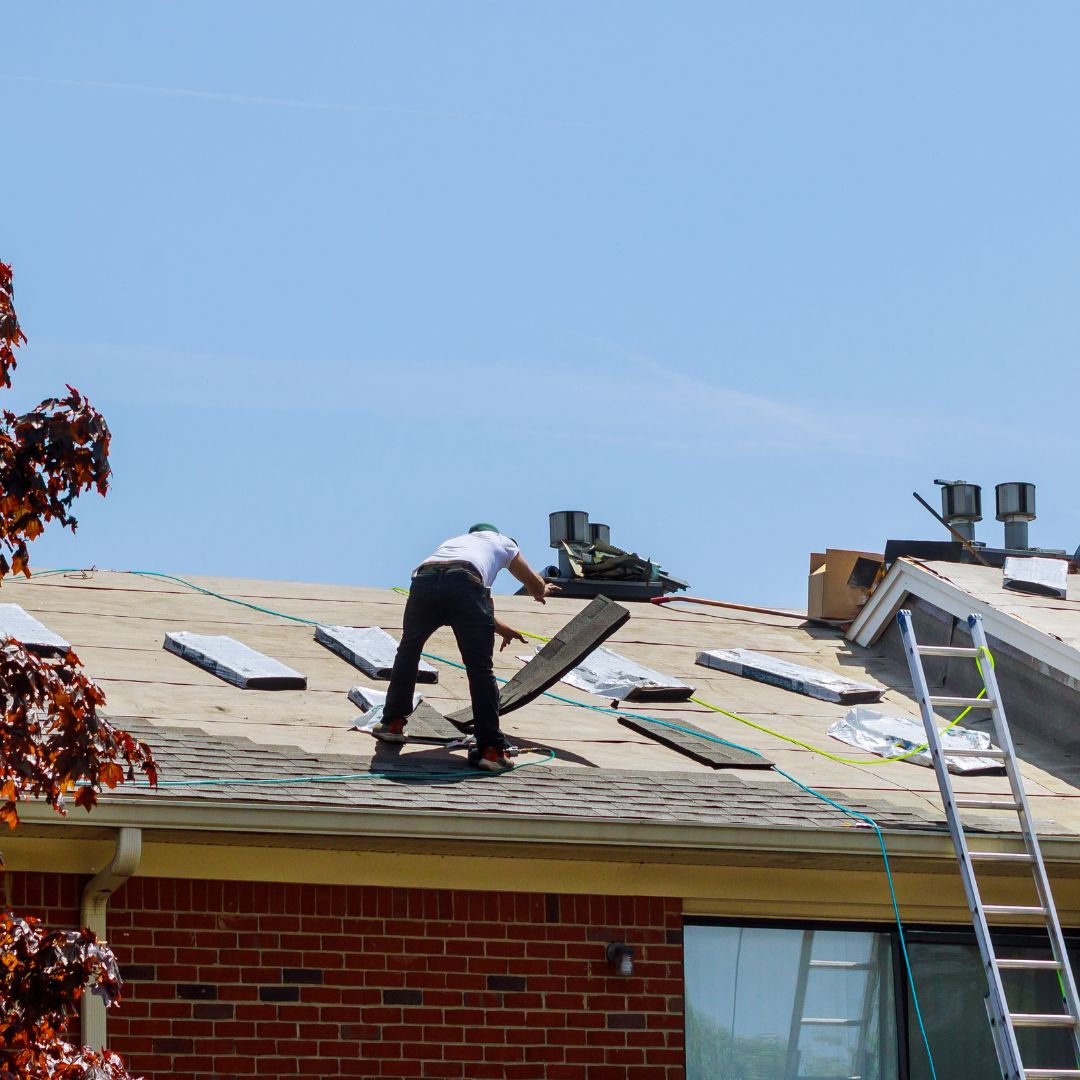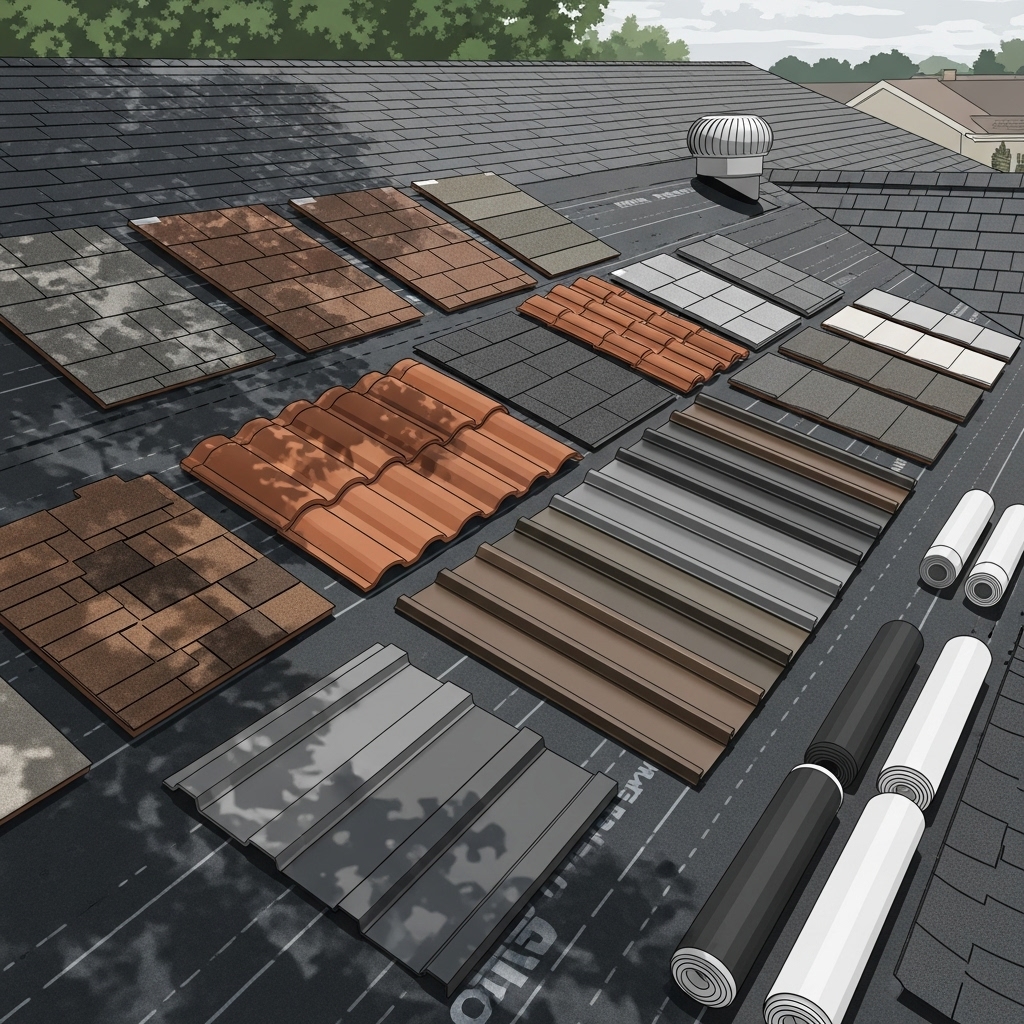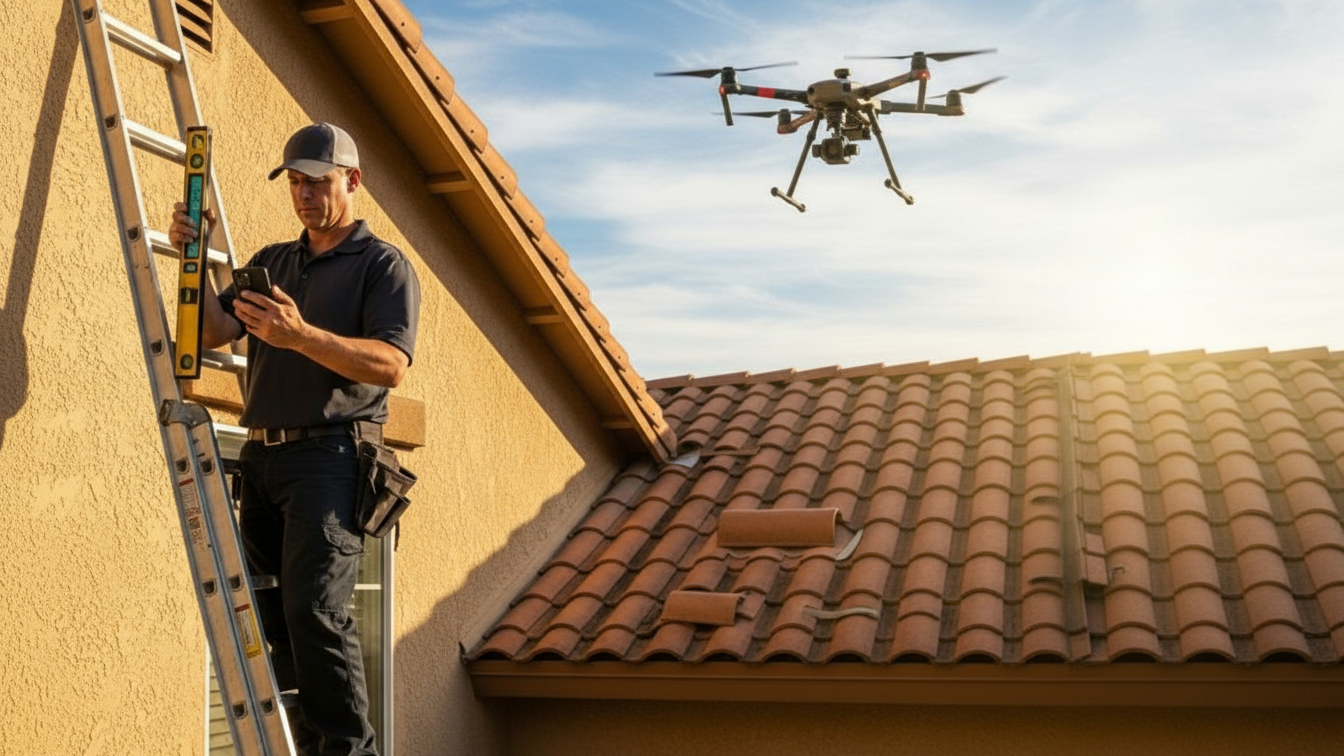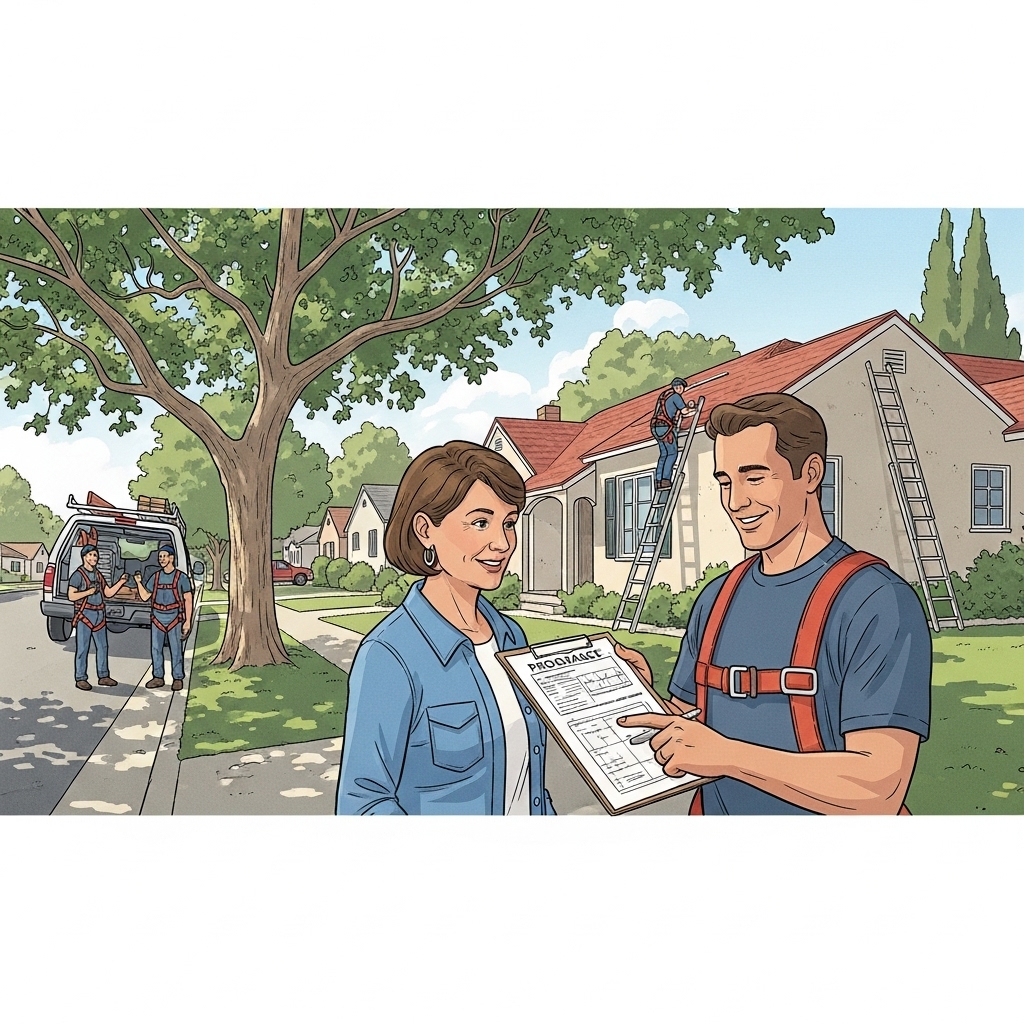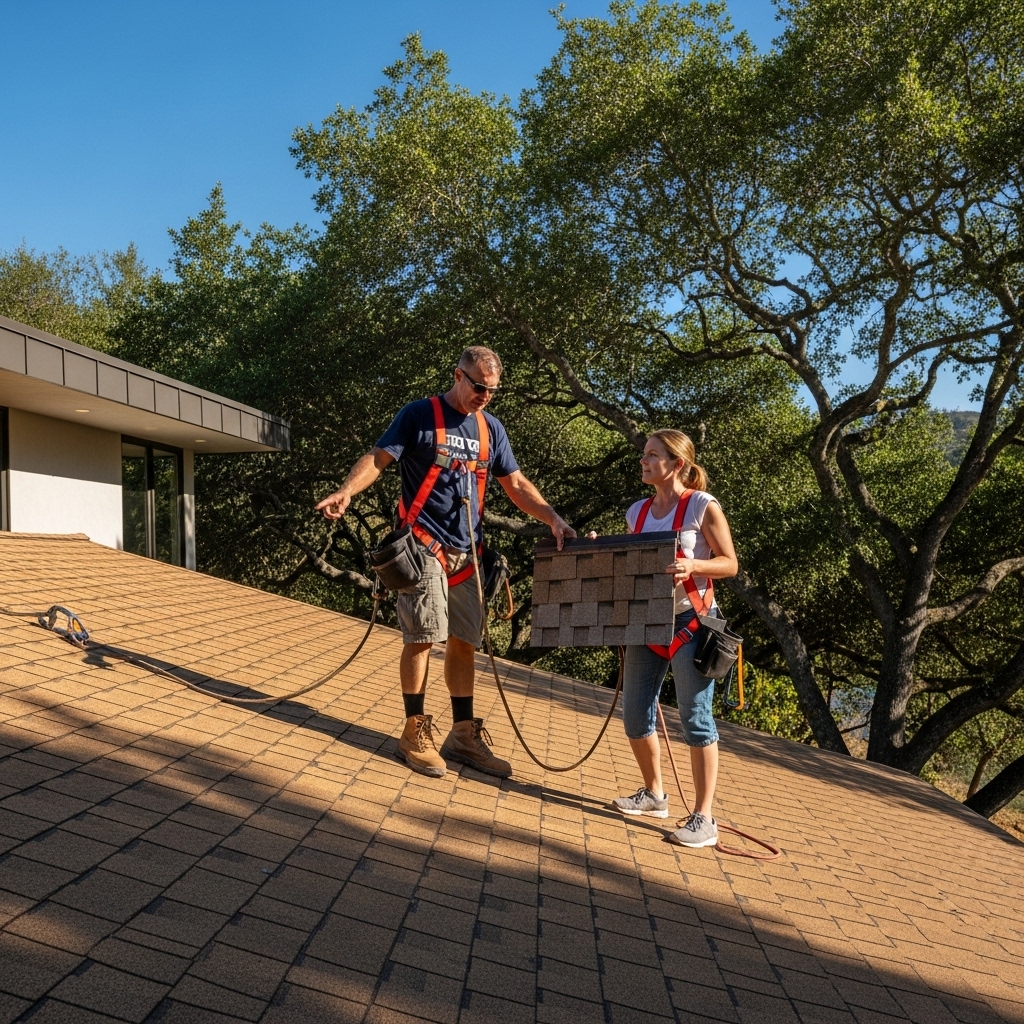1. Ensure Proper Roof Slope and Design
Commercial roofs are typically flat or low-sloped, making drainage a key concern (Commercial roofing). A poorly designed slope can cause water pooling, leading to leaks, structural damage, and premature roof deterioration.
To improve drainage:
- Ensure your roof has a minimum slope of ¼ inch per foot to allow water to flow toward drains.
- Install tapered insulation systems to create a subtle pitch where needed.
- Regularly check for sagging areas where water may collect and reinforce those sections.
2. Install High-Quality Roof Drains and Scuppers
A well-functioning drainage system prevents standing water and minimizes the risk of leaks. Commercial roofing typically uses:
- Interior roof drains – Installed at low points, these connect to underground pipes to direct water away.
- Scuppers – Openings in parapet walls that allow water to exit the roof and flow into downspouts.
- Gutters and downspouts – These help divert rainwater safely away from the building’s foundation.
Regularly inspect drains, scuppers, and downspouts to ensure they are free of blockages and working efficiently.
3. Keep Drains and Gutters Clear of Debris
Clogged drains and gutters are a leading cause of poor drainage. Leaves, dirt, and debris can accumulate, preventing water from flowing properly.
Prevent clogs by:
- Cleaning gutters and drains quarterly or more often in high-debris areas.
- Installing drain covers or grates to catch debris before it enters the system.
- Conducting post-storm inspections to remove any accumulated debris immediately.
4. Use a Waterproof Membrane for Added Protection
Waterproof membranes help prevent water infiltration by sealing the roof surface. Options include:
- TPO (Thermoplastic Polyolefin) – A durable, heat-welded membrane resistant to water pooling.
- EPDM (Ethylene Propylene Diene Monomer) – A rubber membrane with excellent water resistance.
- PVC (Polyvinyl Chloride) – A long-lasting, waterproof roofing material that resists leaks.
Regularly inspect and maintain membranes to ensure they remain intact and free from punctures or wear.
5. Schedule Regular Roof Inspections
Routine maintenance is the best way to prevent drainage issues before they become costly problems. A professional roofing contractor can identify potential drainage issues and recommend solutions before they lead to structural damage.
- Inspect your commercial roof at least twice a year (spring and fall).
- Check after heavy rain or storms to ensure proper drainage.
- Look for signs of ponding water, clogged drains, or membrane damage.
Final Thoughts
Proper drainage is essential for maintaining the longevity and integrity of commercial roofing. By ensuring the correct slope, keeping drains clear, installing high-quality drainage systems, and using waterproof membranes, you can prevent costly water damage and roof deterioration. Regular inspections and proactive maintenance will keep your roof in top condition, protecting your investment for years to come.
NEMA Roofing Solutions
18340 Ventura Blvd # 226, Tarzana, CA 91356, United States
https://nemaroofing.com/
+18185286412

